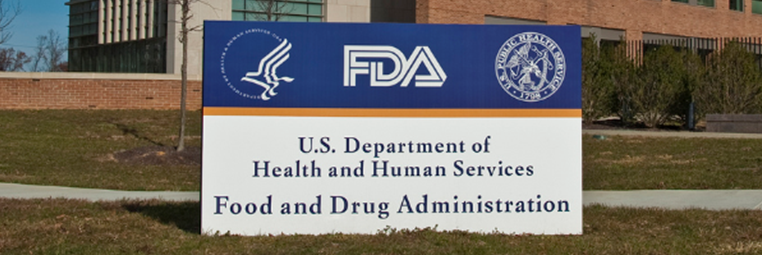FDA’s Final Intentional Adulteration Rule as it Relates to Food-Contact Substances

On May 27, 2016, the Food and Drug Administration (FDA) issued its final rule to implement the intentional adulteration provisions in Sections 418, 419, and 420 of the Federal Food, Drug, and Cosmetic Act (FD&C Act), each of which was created by the FDA Food Safety Modernization Act (FSMA). (See 81 Fed. Reg. 34166 (May 27, 2016).) The final rule is titled Focused Mitigation Strategies to Protect Food Against Intentional Adulteration. This final rule creates Part 121 of Title 21 of the Code of Federal Regulations (C.F.R.).
The final rule establishes criteria for “food defense” plans that facilities must implement to address hazards that may be introduced with the intention to cause wide scale public health harm. The rule applies generally to facilities that manufacture, process, pack, or hold human food for consumption in the United States and that are required to register under Section 415 of the FD&C Act. Packing means placing food into a container other than packaging the food and also includes re-packing and activities performed incidental to packing or re-packing a food, but does not include activities that transform a raw agricultural commodity into a processed food. Holding means storage of food and also includes activities performed incidental to storage of food. Holding also includes activities performed as a practical necessity for the distribution of that food. Holding facilities could include warehouses, cold storage facilities, storage silos, grain elevators, and liquid storage tanks.
FDA identified four key activity types that leave food at high risk of intentional adulteration caused by acts of terrorism. The four activity types are: (1) bulk liquid receiving and loading; (2) liquid storage and handling; (3) secondary ingredient handling (e.g., staging, preparation, addition, or rework step where a contaminant added to a relatively small quantity of food has the potential for distribution into a larger volume of food); or (4) mixing and similar activities.
Certain facilities are exempt from compliance with the intentional adulteration requirements, such as very small businesses, and facilities that pack, repack, label, or re-label food where the container that directly contacts the food remains intact.
The final rule does not mention application to food-contact substances or food packaging materials. A food-contact substance is defined as “any substance intended for use as a component of materials used in manufacturing, packing, packaging, transporting, or holding food if such use is not intended to have a technical effect in such food” in 21 C.F.R. Part 409. Based on the above definitions of “packing,” “holding,” and “food-contact substance,” FDA’s intentional adulteration rule does not apply to food-contact substances, but rather focuses on the manufacturing, processing, packing, and storing of a food product.
The final rule is effective July 26, 2016. Companies have 3 years from the effective date to comply with the final rule (i.e., July 26, 2019). Small businesses (<500 full-time equivalent employees) have 4 years to comply.